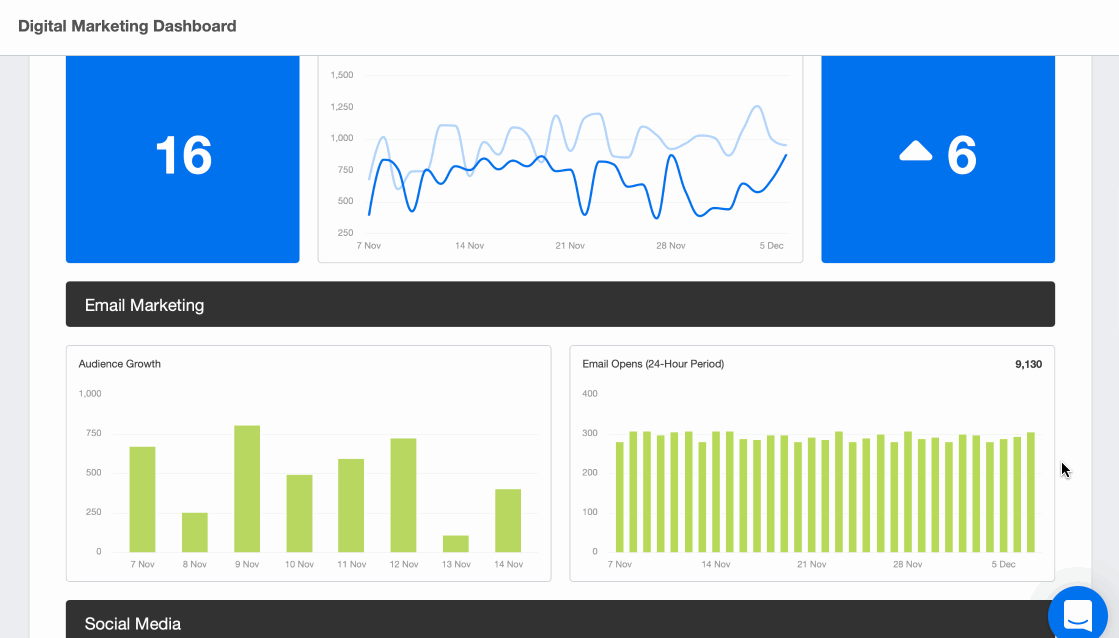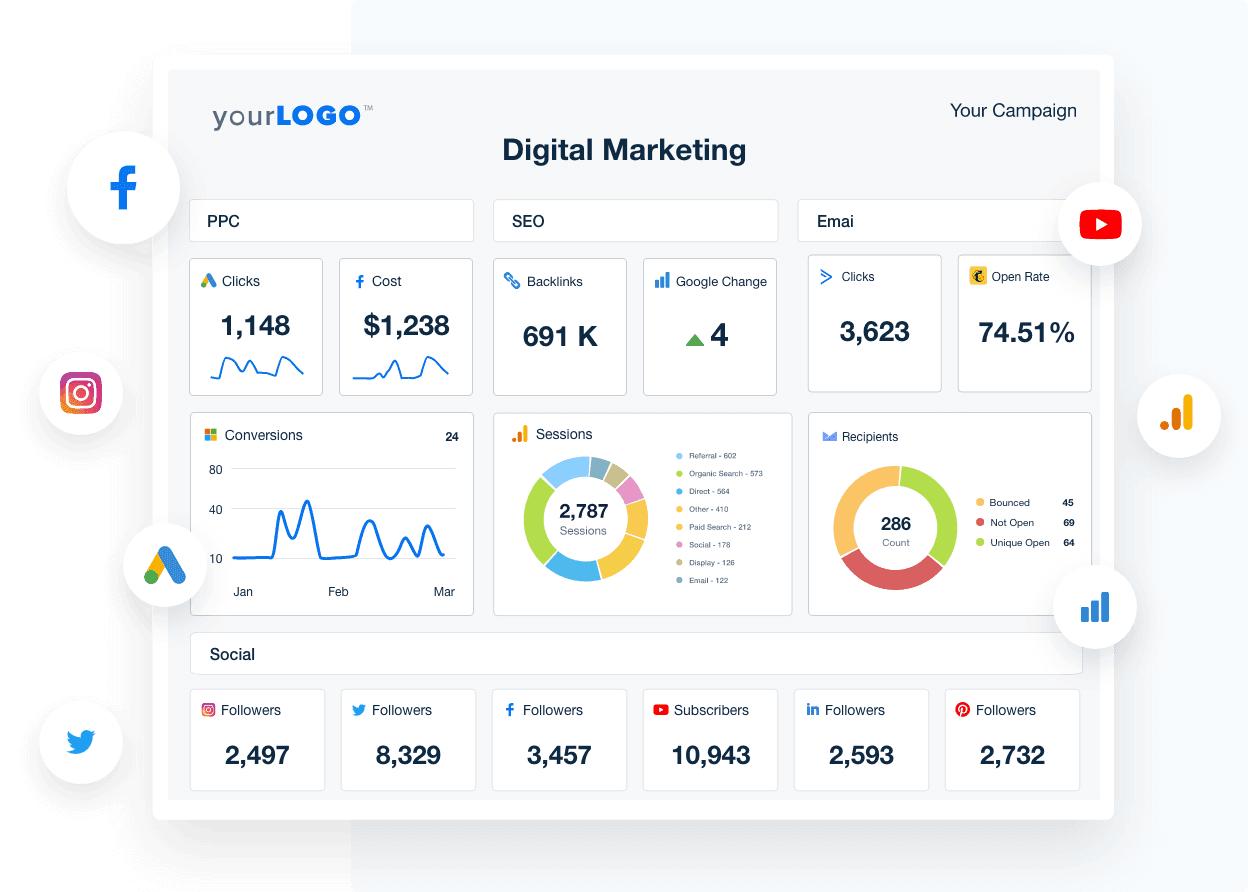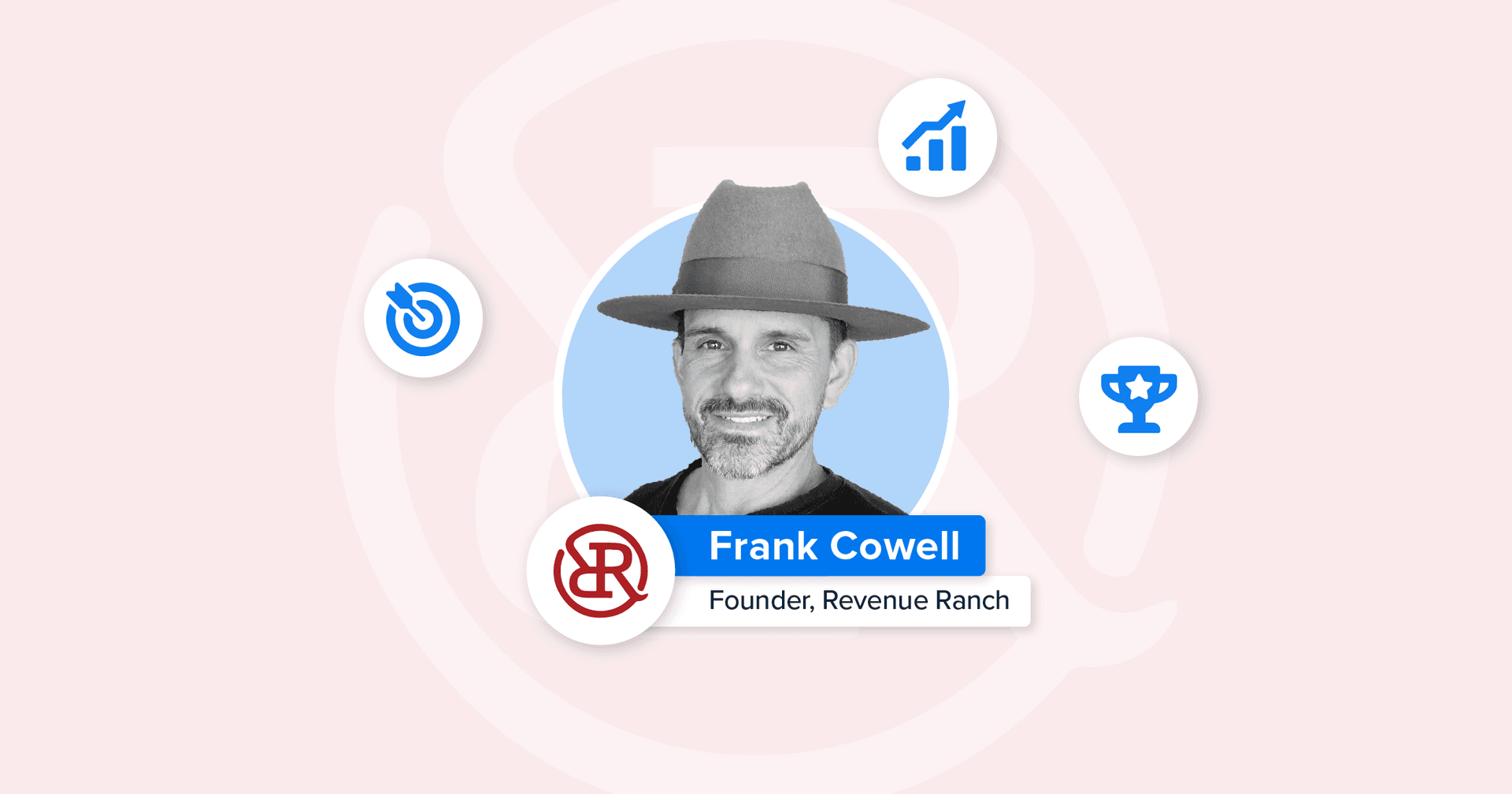
Most business owners I know understand the importance of having a purpose for their business. In recent years, we’ve been fortunate that some of the most successful business founders have shared how it’s made a difference in their organizations.
Defining a business purpose is challenging. There are so many conflicting frameworks around what mission and purpose mean, not to mention how to arrive at something that is authentically yours.
I’m not here to say which version is right and wrong, but for the purpose of this article, here is how I differentiate each term:
Purpose: A long-term reason for a business existing that transcends ideas like, “make lots of money” or “build a huge business we can sell.”
Mission: A clear, compelling medium-term (usually around 10-15 years) objective that acts as a focus for the business. Jim Collins calls this a BHAG or Big Hairy Audacious Goal in his phenomenal book, Built to Last.
There’s plenty of evidence that suggests a strong commercial upside to having a purpose.
According to Deloitte, “Purpose-driven companies witness higher market share gains and grow three times faster on average than their competitors, all while achieving a higher workforce and customer satisfaction.”
I don’t dispute how empowering a purpose is for businesses of all sizes. It galvanizes a team and sets in motion a strategic tide that aligns its activities.
One of the problems I’ve experienced is that many of the purpose statements we read about are wildly aspirational. For most small to mid-market businesses, it’s hard to compete with lofty purposes like, “Solve world hunger” or “Organize the world’s information.”
Although my digital marketing agency, Distl, has had a clearly stated business purpose for almost 20 years, I have experienced long periods of time when it has meant nothing to the majority of our team. After all the hype of workshopping what I thought would be a transformational north star for every person in the business, it ended up being little more than an expensively framed poster.
If I’m brutally honest, I believe most people are primarily motivated by the factors that directly impact their lives. When their employer presents a purpose that has little overlap with them, it risks becoming obsolete.
In this article, I will share what I’ve learned about how it’s possible to connect what matters most to staff with their employer’s business purpose in a way that drives both individual engagement and meaningful business improvement.
How Distl Arrived at Our Purpose
Like most people who have run a business for more than a few years, I’ve experienced good times and bad. I’m sure I’m not alone in saying the highs have been some of the best experiences of my life. Seeing all your hard work and vision pay off in the form of a profitable business and a wonderful team of people is exhilarating.
But it’s the business lows that are what led to Distl’s purpose: “To build Australia’s most unstoppable brands.”

Among the many challenging phases of our business, there was one around 2011 when a series of negative financial, staff, and legal events converged to almost send us bankrupt. I almost gave up on the business.
Fortunately, things turned around, eventually leading to a more prosperous time. It was during these years that I started to have more serious discussions with other business owners who shared similar experiences to mine.
These discussions led me to realize two things:
First, I care deeply for other business owners, particularly when they go through the dark lows that business challenges cause.
The second is that I believe Distl has the tool kit to deliver the marketing and communications framework that our clients need to build an enduring, thriving business.
From there, we identified our purpose to build Australia’s most unstoppable brands.

Track your agency’s brand success and other important KPIs in a digital marketing dashboard that keeps every team member on the same page. Start your AgencyAnalytics 14-day free trial.
Communicating the Purpose
In February each year, our leadership team presents our annual vision meeting. Starting at 8.30 am and running for 90 minutes, it’s an overview of our values, purpose, and what we want to achieve in the year ahead for Distl.
After each vision meeting, we conduct a retrospective survey to try and gauge how motivated and engaged the team is by the vision presentation. I must admit for many years, I struggled with the amount of negative or indifferent feedback we received from the team. It was clear that, in many cases, there was a gap between my level of inspiration and that of many on the team.
While it’s always bothered me, I came to accept that’s just the way it is–no one will care as much about the business as me. I’ve had conversations with many of our team, and from those I started to realize that the issue is the disconnect that many staff feel between the business purpose and the work they do. How does their day-to-day work connect to Distl's purpose?
What Really Matters to Staff?
While everyone has a unique set of motives, I believe there are a few common factors that strongly influence staff fulfillment. Unless all of these factors are intentionally addressed, it’s unlikely you’ll experience a motivated team who want to stick around for the long term.
In my experience, these factors fall loosely into the following categories:
1. Salary
Much has been written in recent years about how money isn’t a primary lever for driving productivity or employee engagement.
My perspective is that salary alone rarely has the power to impact performance in lieu of the other points mentioned below. That said, if you play at the lower end of the expected salary band for any role, you’ll fight an uphill battle to motivate your team. Staff will generally feel an intrinsic lack of loyalty until they believe they are rewarded fairly.
2. Culture
Agency culture is another maligned term that often seems to lean more into anything from ping pong tables, all-you-can-eat snacks and drinks, and weekly massages.
I’ve learned that these perks are nice to have but have little to no impact on how deeply connected an individual feels to the lifeblood of the business. Good culture, by my definition, exists when a team of like-minded people share similar values, beliefs, ethical standards, and practices. This, in turn, leads them to feel like they belong and are a part of something that matters to them.
3. Self-Actualization
At the highest level of renowned psychologist Abraham Maslow’s hierarchy of needs, is “Self Actualization.” His contention is that to achieve true fulfillment and become the best version of ourselves, we must find a vehicle to express our talents, capabilities, and potential.
I believe there’s an onus on any workplace to provide not just the environment but the leadership, direction, and training to help each and every individual achieve this sense of self-actualization. Failing to do so will lead any high-quality employee to eventually feel unfulfilled and seek it elsewhere.
4. A Well-Run Company
Any high-performing employee will eventually grow frustrated when they are surrounded by chaos and a lack of consistency and professionalism. I’m not suggesting this means strict rules and guidelines, but rather agency leaders being clear on what their standard is and adhering to it.
The sorts of attributes I mean are hiring/firing practices, systems, processes, and office etiquette (cleanliness standards, pets in the office, WFH standards, working hours, etc).
We live in an era where there’s a place for a diverse range of these practices. However, staff need to understand what those are before commencing employment and know that they will be maintained. When this doesn’t occur, they often feel misled and lose motivation.
5. Relationships
Whether it’s co-workers or leadership, staff will eventually lose morale when there’s a disconnect with their work relationships.
A 2022 survey by Goodhire found that 82% of American workers said they would potentially quit their jobs because of a bad manager.
This statistic backs up my anecdotal sense from employee exit interviews that staff have an overwhelming need to feel safe, understood, and respected by leadership. When they don’t, there will be a risk of disengagement.
The other relationship factor is with co-workers. Similar to salary, this is an important factor however, on its own, it’s unlikely to motivate or fully engage an employee.
Receive Agency Growth Tips, Delivered to Your Inbox
The Great Disconnect
So why is it that so many businesses find it hard to engage their team with their business purpose?
While I believe reasons such as a poorly defined purpose or lack of clear, regular communication, my experience is that there’s an element that is frequently overlooked.
That element is the mission or BHAG that I referred to earlier.
When used properly, the mission acts as a bridge between the aspirational purpose and the more personal factors that directly impact staff. It’s a way of drawing the team closer to the purpose with a more actionable focus.
Distl’s Mission
The approach we’ve taken to developing our Mission likely doesn’t fit any textbook definitions of what a mission should be. But from my experience, the key to something that engages our team is finding something that is uniquely ours.
In the past, we’ve defined Mission statements that felt more like we're trying to follow a formula or replicate what other (sometimes significantly larger companies) have done.
In 2022, we started brainstorming what we wanted the business to look like in 10 years’ time.
After many iterations, we decided we wanted to focus on three overarching objectives which were:
50% of our clients are Distl’s “ideal clients.”
Our team feels deeply trusted and valued, and has a clear purpose.
We deliver undeniable, game-changing value to our clients.
After agreeing on these objectives, we decided that the OKR (Objectives and Key Results) framework, which we use across our business, was the best way to make our progress actionable and visible.
We defined a range of Key Results for each Objective and then presented them to the team at our 2023 vision meeting. We spent the remainder of 2023 working through them. By the end of the year, we had completed more than 80% of what we set out to do.
While I can’t give a number for the level of improvement we’ve seen against previous years, I have strong anecdotal evidence that this approach has resonated with many of our team.
Speaking with team members one-on-one at the end of the year, I was struck by how many expressed genuine enthusiasm for an actionable road map to the things that actually made a difference in their lives.
But by far the biggest indicator of success was the number of team members who put their hands up to action one or more of the key results we defined. Those people became more engaged in things outside business as usual and hence were an active part in driving positive agency change.
The Key Takeaway
While I’ll continue to be an ambassador for Purpose, I’m even more passionate about it only being worthwhile if an agency leader has a realistic plan for how to engage their team with it.
A token purpose might be on a wall poster, or ticking a box from a business coach or mentor. But it will ultimately be no more than a distraction. It will confuse and annoy a team, waste time, and cause frustration.
If an agency leader intends to share a Purpose with their team, the best way to bring true engagement is to marry it with a medium-term Mission. It connects the team with purpose and leads to actionable outcomes that align everyone more with the purpose year after year.

Keep track of your agency’s growth KPIs in a dedicated marketing dashboard. Try AgencyAnalytics free for 14 days.

Written by
David Metcalf is the Founder and Managing Director of Distl, a full-service agency based in Perth, Australia. He leads a team of 30+ locals focussed on building unstoppable brands through a recipe of strategy, branding, web, and marketing developed over almost 30 years.
Get Started for Free




